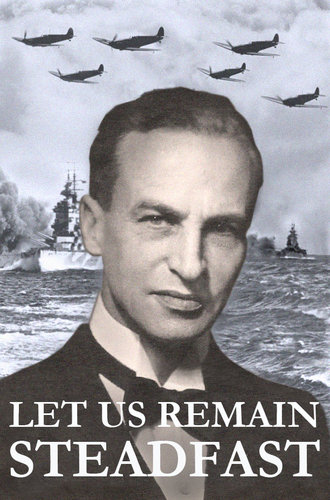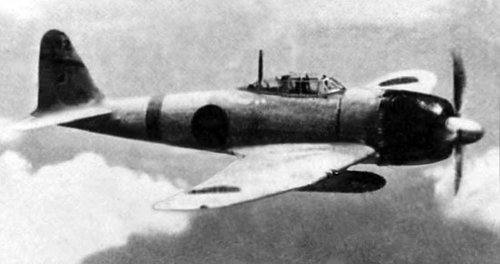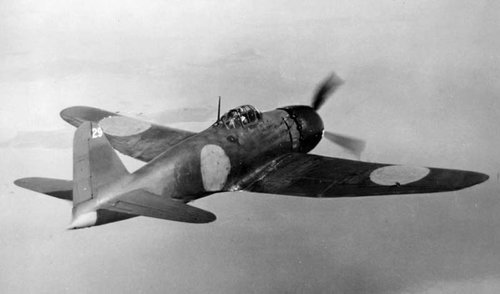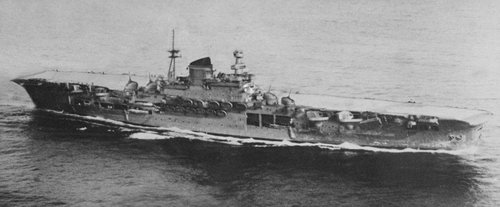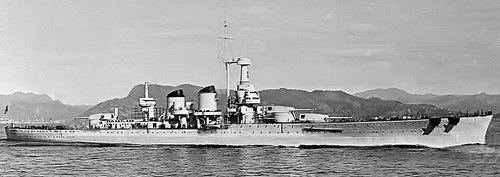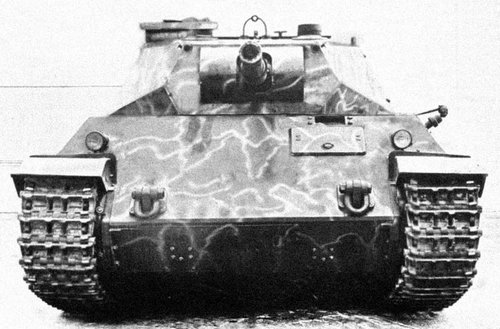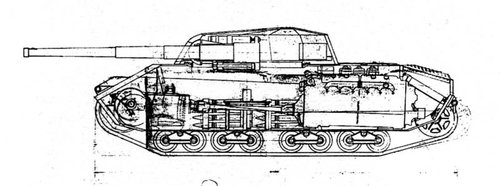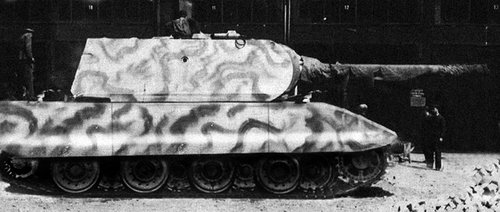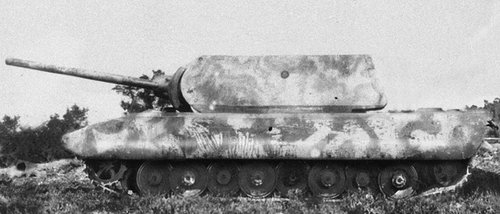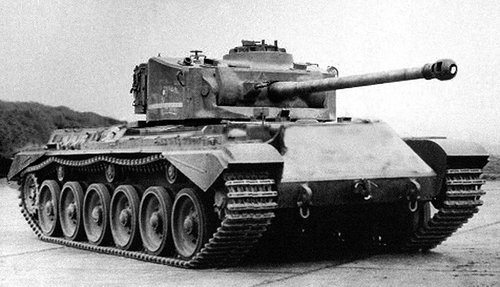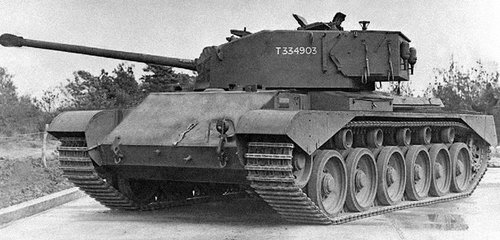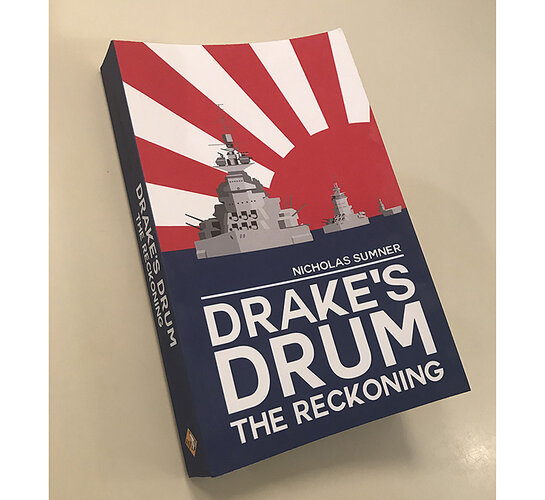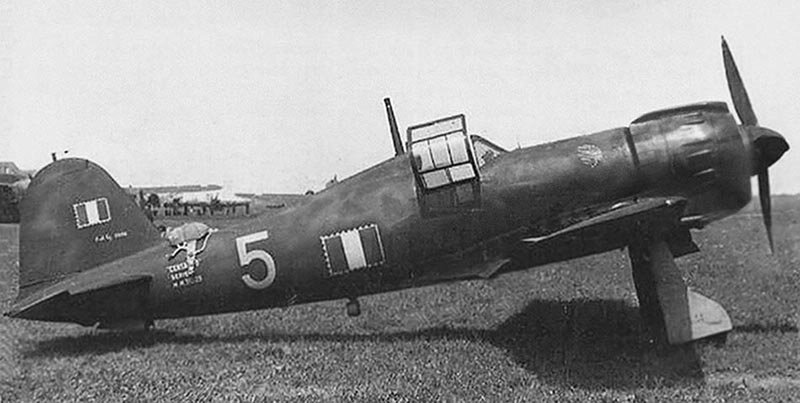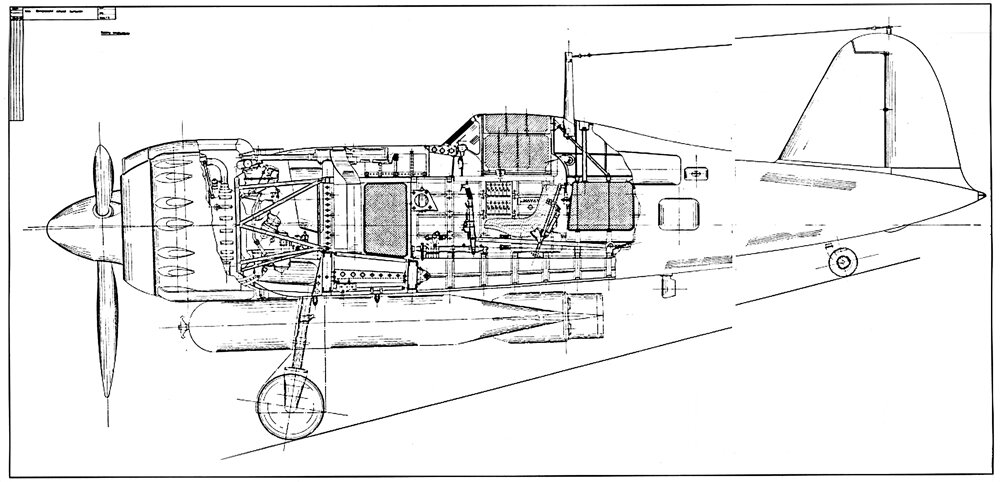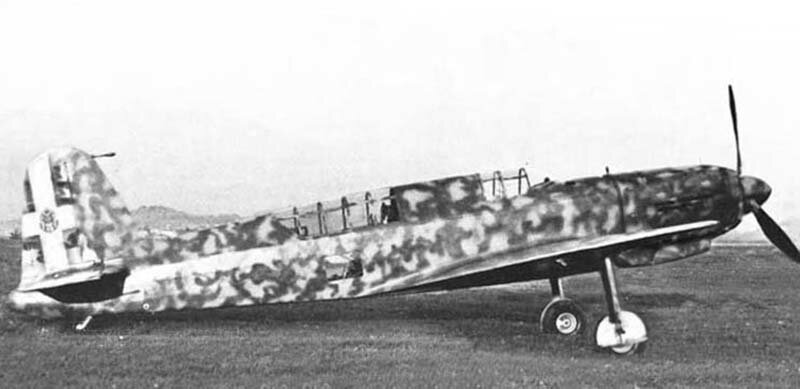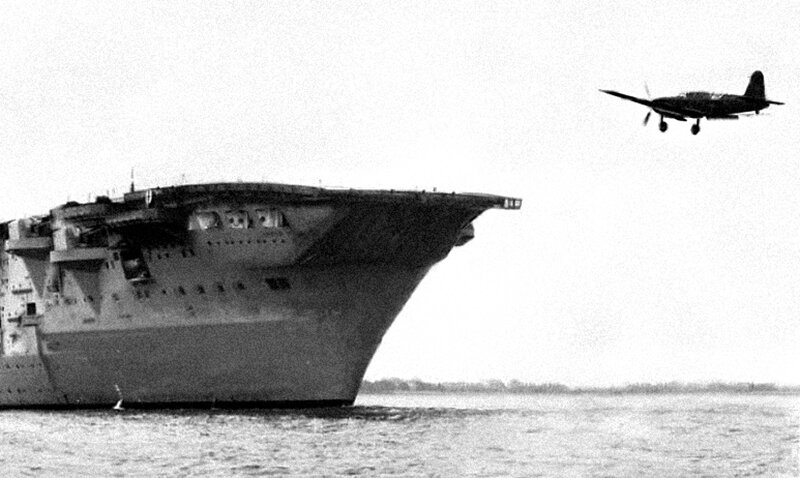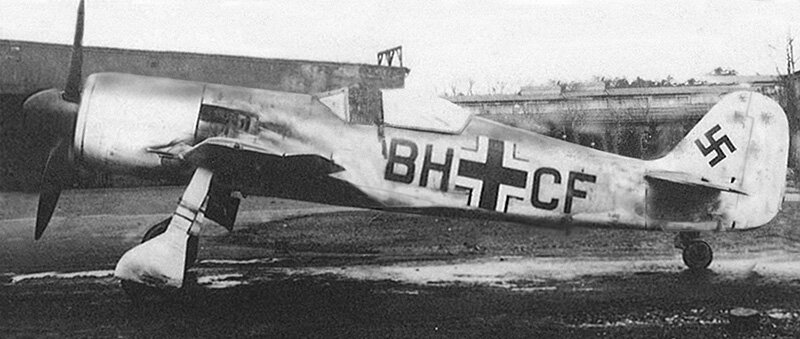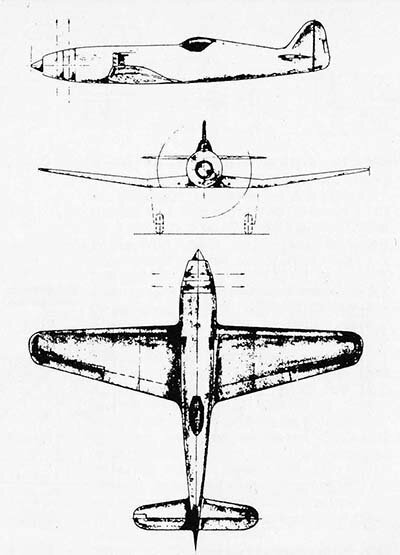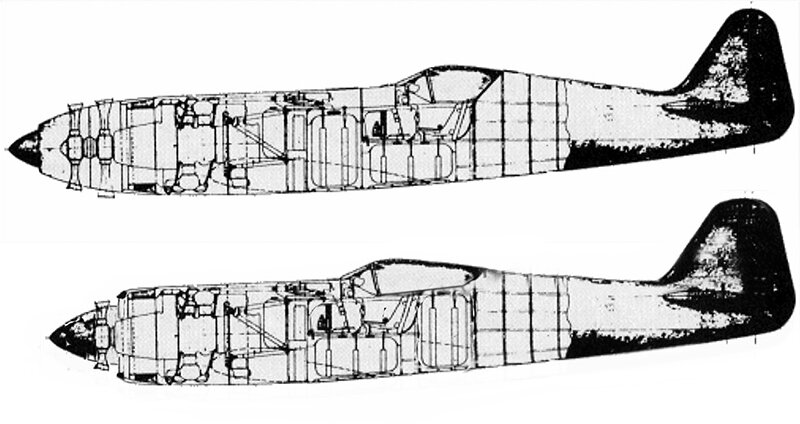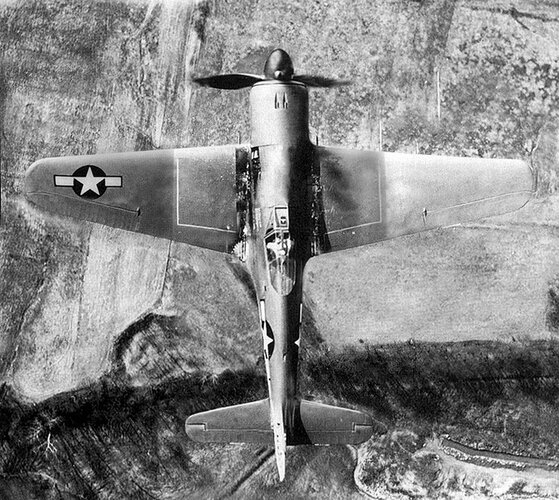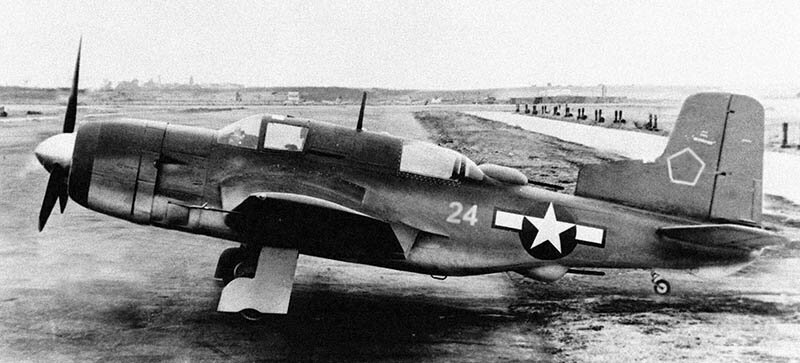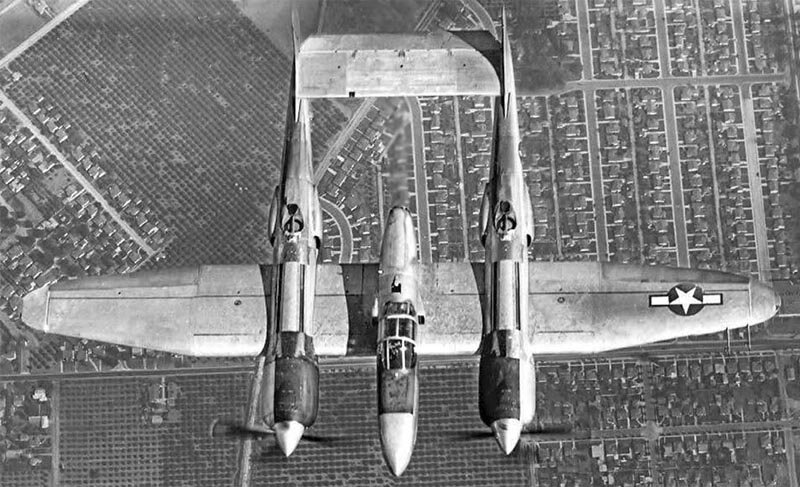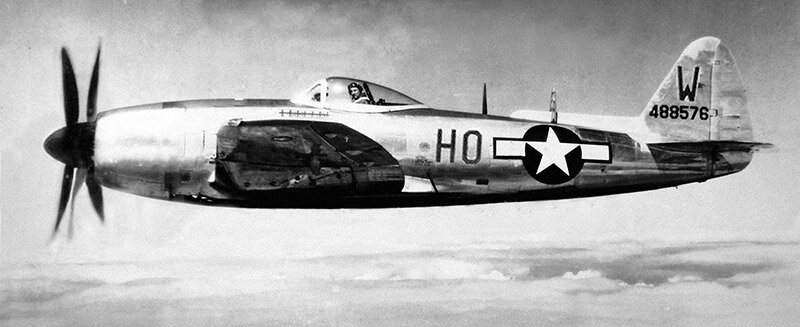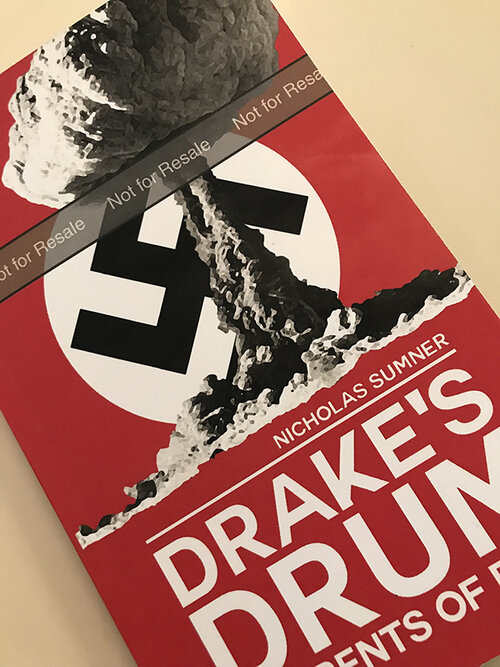- Joined
- 31 May 2006
- Messages
- 657
- Reaction score
- 440
This image is Photoshopped
What if the Chilean battleship Almirante Lattore had not become HMS Eagle? What if the Royal Navy had built a pair of aircraft carriers on the hull of incomplete Hood class battle cruisers instead??
This is the carrier Fearless from the Drake’s Drum timeline. Commissioned in 1925, she and her sister ship Intrepid, helped open the Royal Navy’s eyes to the tactical possibilities offered by using groups of fast carriers in conjunction with other units of the fleet.

What if the Chilean battleship Almirante Lattore had not become HMS Eagle? What if the Royal Navy had built a pair of aircraft carriers on the hull of incomplete Hood class battle cruisers instead??
This is the carrier Fearless from the Drake’s Drum timeline. Commissioned in 1925, she and her sister ship Intrepid, helped open the Royal Navy’s eyes to the tactical possibilities offered by using groups of fast carriers in conjunction with other units of the fleet.


